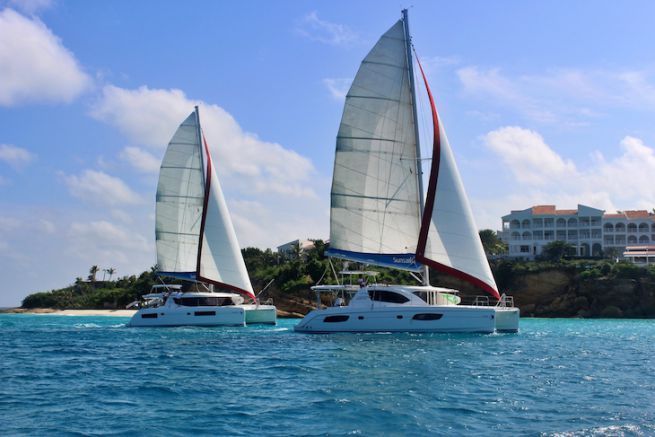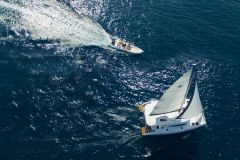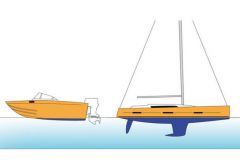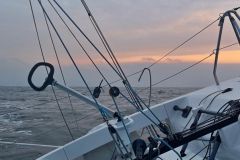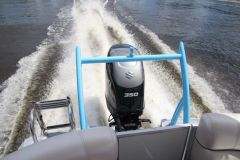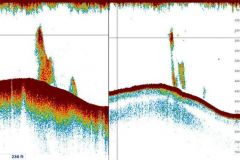Like the Highway Code, the RIPAM - International Regulations for Preventing Collisions at Sea - sets the rules of "priority" between vessels. Thus, depending on their direction, their ability to maneuver and their means of propulsion, ships are subject to obligations to manage crossings and prevent the risk of collision.
Unlike the automobile, we do not speak of priority, but of a "privileged" vessel in relation to another.
Windward, leeward
On a boat, there is always a windward side and a leeward side. The first is called the "tack", the side where the boat receives the wind. For example, a sailboat sailing on starboard tack receives wind from starboard and port tack receives wind from port.
If the boat is sailing downwind, it does not receive wind on any of its sides. Therefore, the position of the boom must be used as a guide. If it is on the starboard side, the boat is on port tack, if it is on the port side, the boat is on starboard tack.
It is important to remember these notions since a sailboat on starboard tack is preferred to one on port tack.
In our first cases, we will speak of a sailboat under sail. In the second case, we will talk about a motor sailboat and in the last case, about a sculling sailboat.
Sailboat VS sailboat : rule 12
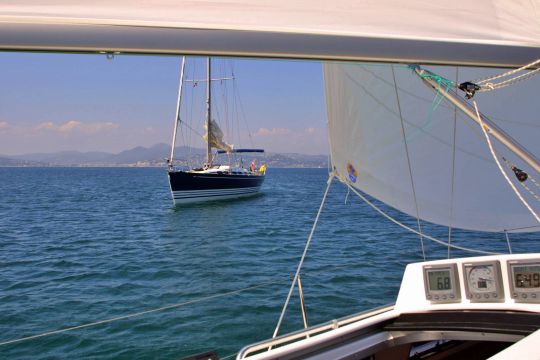
When the two sailboats receive the wind from a different side
The port tack sailboat (receiving the wind from the port side) must move out of the way of the starboard tack sailboat (receiving the wind from the starboard side). It is customary to say, "Starboard, king of the seas!"
When the two boats receive the wind from the same side
The windward sailboat must move away from the course of the leeward sailboat. The latter receives the wind second, "hindered" by the first and has fewer possibilities of maneuvering given the position of the wind.
In case of uncertainty
If a sailboat is sailing on port tack and sees another vessel in the distance whose tack it cannot determine, it must deviate from its course.
Sailboat VS cargo : rule 18
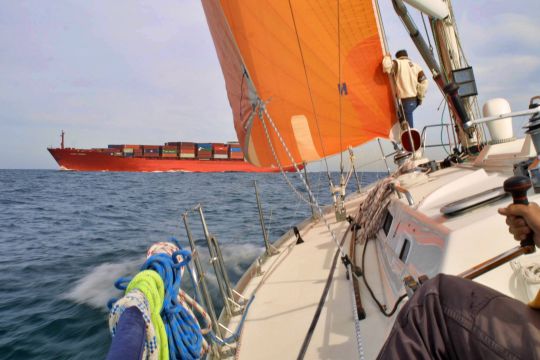
A sailboat is preferred over a cargo ship if it does not belong to any of the categories below. Another exception to the rule is the DST. Traffic Separation Schemes are traffic lanes for commercial vessels found in busy areas. A sailboat must stay out of a TSS unless necessary.
A sailboat must move away:
- Of a ship that is not in control of its maneuver
Due to exceptional circumstances, the vessel is not able to maneuver according to the RIPAM rules and cannot deviate from the course of another vessel. It can be related to an engine damage, a helm damage...
It must be signaled with two red lights superimposed (at night) and two black balls superimposed (during the day).
- A vessel with limited maneuvering capacity
This refers to a vessel whose ability to maneuver is limited due to the nature of its work and which cannot deviate from the course of a ship: cable laying, dredging, underwater work, towing...
The latter must be indicated by 3 superimposed lights - red, white, red - at night and 3 superimposed black marks by day (2 balls on the outside and a bicone in the middle).
- From a fishing vessel
The latter must indicate itself by two superimposed lights (green and white) at night if it fishes with trawls and by two lights (white and red) if it practices another type of fishing. During the day, they must display two cones joined by the tip.
The case of a sailboat under sail and motor
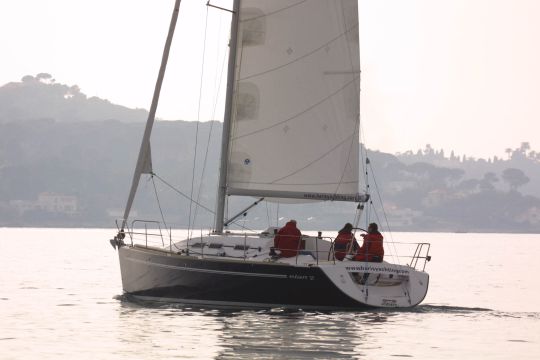
As soon as a sailboat uses its engine - even if it is under sail - it becomes a "mechanically propelled vessel", i.e. propelled by a machine. The rules in force for motorboats then apply.
The sailboat is thus privileged compared to the motorboat which will then have to move away from him.
- In case of crossing with a motor boat or a sailboat
Whoever sees the other on the starboard side must maneuver to avoid collision (similar to the right of way). It is preferable to go around by the wake rather than by the bow.
- In case of opposite routes
When two vessels are facing each other - sailboats under power or sailboats under power against motorboats - both must shift to starboard.
The case of the catching vessel
This rule applies to all types of vessels. The overtaking vessel must maneuver away - either to starboard or port - from the overtaken vessel.
The case of sculling
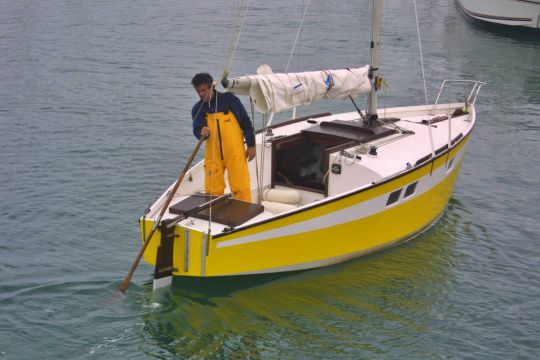
Sculling refers to an oar placed at the stern of a boat and used as a mode of propulsion for a boat without a motor. The coxswain dips the scoop into the water and makes figure-eight movements to move forward.
Even though sculling is used to propel a boat, we are not talking about a mechanical propulsion.
Learn more about it, consult the 4 fundamental rules of priority in sailing.
